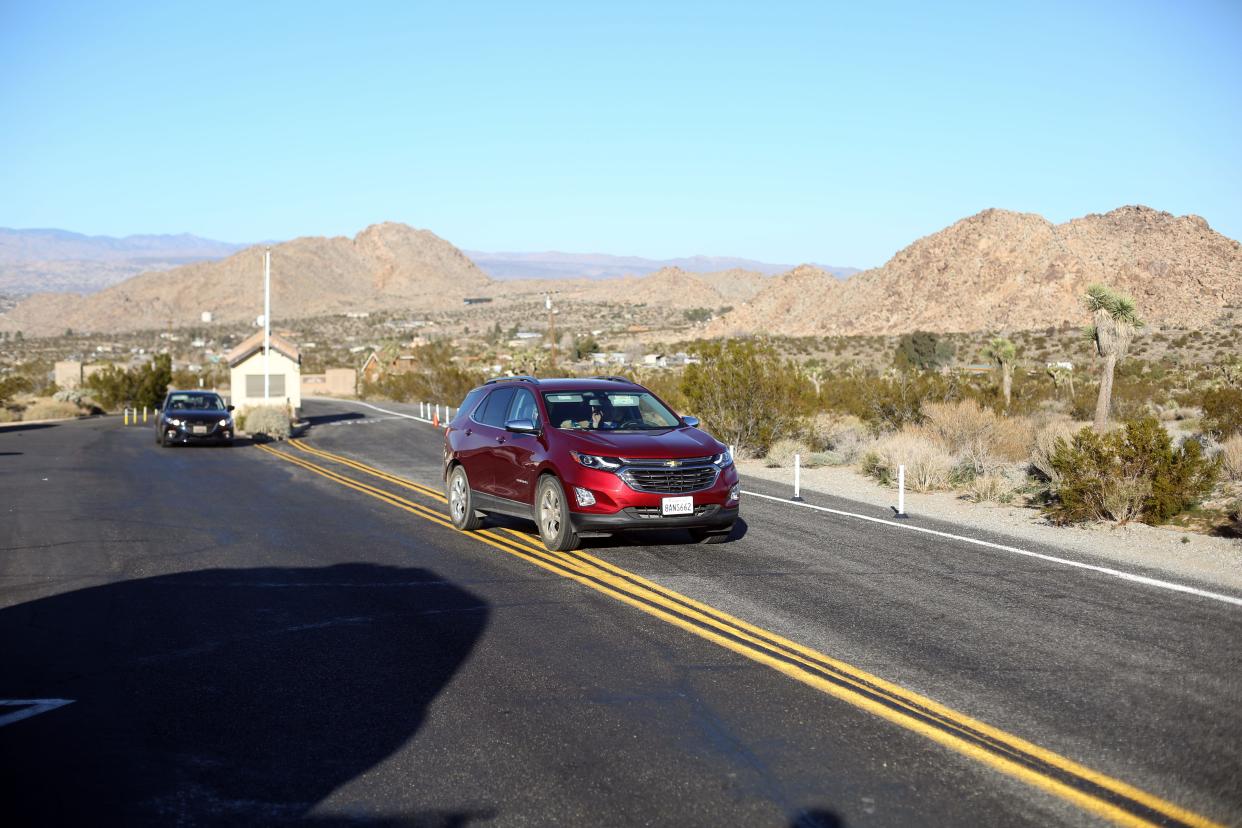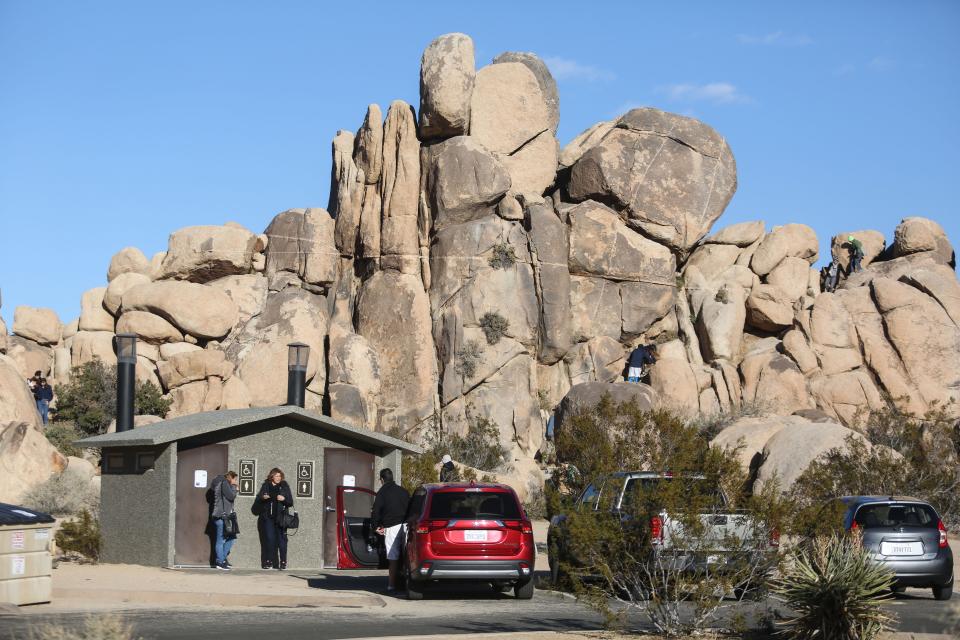Joshua Tree National Park, other national parks will close if government shuts down Sunday

The Department of the Interior announced Friday that in the increasingly likely event of a federal government shutdown this weekend, National Park Service sites will be closed.
“At NPS sites across the country, gates will be locked, visitor centers will be closed, and thousands of park rangers will be furloughed. Accordingly, the public will be encouraged not to visit sites during the period of lapse in appropriations out of consideration for protection of natural and cultural resources, as well as visitor safety,” states a press release from the Department of the Interior.
A government shutdown occurs when Congress is unable to pass a dozen annual spending bills that send money to government programs and agencies. This year, a small group of hard-right Republicans have held up the annual spending bills in a push for deep spending cuts. The U.S. government will shut down at 12:01 a.m. on Sunday, Oct. 1 if lawmakers don’t pass a federal budget or a stopgap measure called a continuing resolution by Sept. 30.
According to the Department of the Interior, “the majority of national parks will be closed completely to public access.” At parks with areas that are “impossible or impractical to restrict public access, including park roads, lookouts, trails, campgrounds, and open-air memorials — these areas will remain physically accessible to the public,” but with significantly reduced or nonexistent visitor services.
A spokesperson for the National Park Service declined to clarify exactly what this might look like at Joshua Tree National Park, instead writing in an email to The Desert Sun that the agency doesn’t have further information to share at this time beyond the Department of the Interior press release, which did not provide details on specific parks.
The nonprofit National Parks Conservation Association said in a press release Friday that it supports the decision to close the parks, calling it “the best way to keep our park resources and visitors safe in the event of a shutdown.” But the group criticized the DOI’s plan to leave some areas of parks open.
“The Interior’s guidance to leave areas of some national parks like campgrounds open, with only minimal staff, is concerning. We saw a similar scenario play out just a few years ago, resulting in Joshua Trees being cut down, park buildings vandalized, trash piled up and visitor safety jeopardized. We can’t allow this to happen again,” said Theresa Pierno, president and CEO for the National Parks Conservation Association, in a press release.
The national park closures will have wide-ranging impacts from those planning family vacations or upcoming weddings in the parks to local businesses in towns adjacent to national parks, as well as lost park revenue. The National Parks Conservation Association estimates that for every day of a shutdown this October, the National Park Service could lose as much as $1 million per day in lost fee revenue.
States, local or Tribal governments, or third parties can enter non-reimbursable agreements with the National Park Service to fund ongoing operations of a specific park site or for specific services within a park. Both Utah and Arizona have each announced they’ll pay to keep national parks in their respective parks open if a federal government shutdown occurs.
Joshua Tree remained open in the last shutdown
The last federal government shutdown was also the longest, lasting 35 days from December 2018 to January 2019. Joshua Tree National Park remained partially open during that shutdown, with the gates left open but unattended, allowing a stream of visitors to enter the park for free.

While visitors continued to camp, hike, and climb in the park, trash collection and maintenance services were on hold during the shutdown, meaning no staff was around to clean or restock the restrooms or collect trash. A small group of rangers and volunteers from the local community entered the park each day to clean up trash and attempt to maintain order in the sprawling desert park.
During the previous government shutdown in 2013, the Obama administration ordered the complete shutdown of national parks from the start. But in 2018 under the Trump administration, then secretary of the interior David Bernhardt instructed officials at Joshua Tree National Park to stay open, as reported in The Guardian this week.
During the 35-day shutdown, damage to the park included one Joshua tree knocked down by a driver, two juniper trees and several pinon pines cut down and used for firewood, 24 miles of vehicle tracks in wilderness areas not authorized for driving and 120 illegal campsites with evidence of campfires, The Desert Sun reported in 2019. The park also lost out on an estimated $1 million in fees.
The government shutdown is coming just as visitation at the park typically ramps up in the fall as triple-digit summer temperatures ease up. Last year, the park saw over 3 million visitors for the second year in a row and was the 8th most visited national park in 2022.
More: Joshua Tree National Park expansion gains momentum with Chuckwalla National Monument plan
The 3,058,294 visitors in 2022 were double the park's visitation in 2014, when roughly 1.5 million people entered the park. The park's visitation is among the fastest-growing in the national park system, and even when the federal government is up and running, the park has increasingly dealt with large crowds and lines of traffic at popular park entrances in recent years.
This article originally appeared on Palm Springs Desert Sun: Federal government shutdown: Joshua Tree National Park will close

